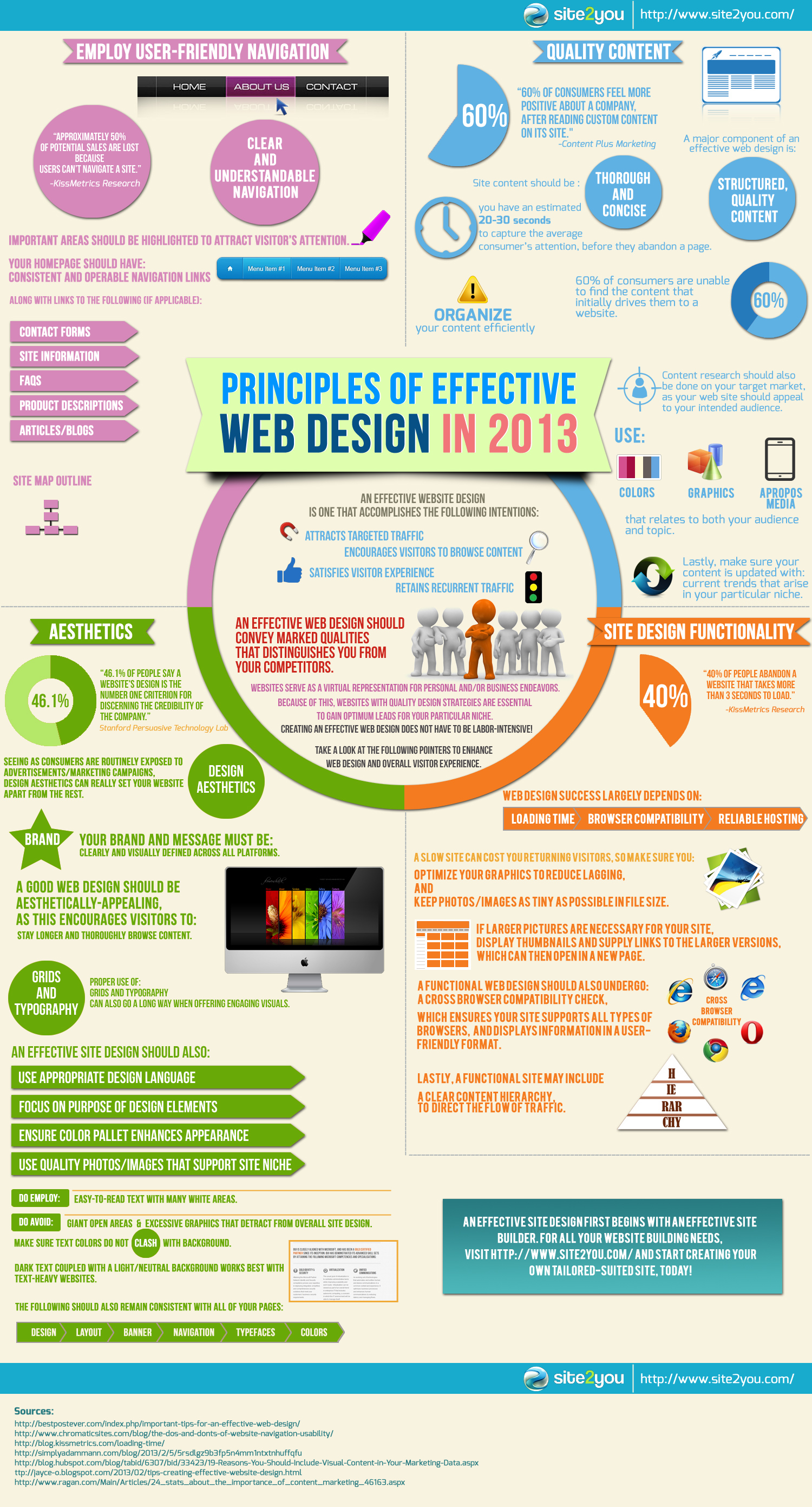Web Site Layout Basics: Tips For Structure A User-Friendly Site
Web Site Layout Basics: Tips For Structure A User-Friendly Site
Blog Article
Article Writer-Abildtrup Daugaard
When it involves site design, ensuring user-friendliness is vital. From receptive style to streamlined navigating, every aspect plays an important role in developing a website that deals with your audience's needs. But what regarding the finer information that can make or break a user's searching experience? Stay tuned as web page writing discover some often-overlooked tips that can elevate your site's functionality to the following degree, making it truly stand apart in the electronic landscape.
Value of Responsive Layout
Receptive design is a vital element of contemporary web site growth. Ensuring your web site is receptive methods that it can adjust to different display dimensions and gadgets, supplying a smooth experience for individuals.
With the increasing use of smart devices and tablets to access the net, having a responsive style is crucial for reaching a larger target market. It assists in enhancing customer experience by making your web site simple to navigate and keep reading any tool.
Furthermore, receptive style can favorably impact your internet search engine rankings, as search engines like Google focus on mobile-friendly websites. By having a receptive design, you're also future-proofing your website, as brand-new gadgets with differing screen sizes remain to arise.
Simplify Navigating Structure
To improve customer experience and help with simple accessibility to info on your site, improving the navigation structure is critical. When designing visit link , focus on creating a clear and instinctive navigating menu that helps visitors locate what they're trying to find promptly.
types of business websites of menu items to the fundamentals, grouping associated pages together to stay clear of overwhelming customers. Usage detailed tags that plainly suggest the content of each web page, making it easier for individuals to recognize where each link will take them.
Consider executing dropdown menus for subcategories to prevent jumbling the major navigating bar. Furthermore, include a search bar plainly on the web page for customers that prefer looking for certain details.
Focus on mobile responsiveness in your navigation layout to ensure simple access on all devices.
Enhance Page Tons Speed
Improving page lots rate is vital for preserving site visitors on your site. Slow-loading web pages frustrate individuals and can lead to high bounce rates. To enhance page tons speed, beginning by optimizing pictures. Compress photos without compromising top quality to minimize their data sizes.
Additionally, make it possible for web browser caching to keep regularly accessed resources in your area, speeding up lots times for returning site visitors. Minify CSS, JavaScript, and HTML data by getting rid of unnecessary personalities, comments, and formatting, improving load speed.
Think about utilizing a material distribution network (CDN) to distribute your website's content across numerous web servers worldwide, minimizing latency for customers accessing your site from various locations. Lastly, limit using third-party manuscripts and plugins, as they can considerably impact lots times.
Verdict
To conclude, by including responsive style, streamlining navigation, and enhancing page lots rate, you can develop a straightforward website that interest a broader audience and boosts user experience. These essential elements make sure that site visitors can conveniently accessibility and navigate your site across various tools, leading to increased involvement and contentment. By concentrating on these crucial elements, you can construct an effective internet site that maintains individuals coming back for more.
